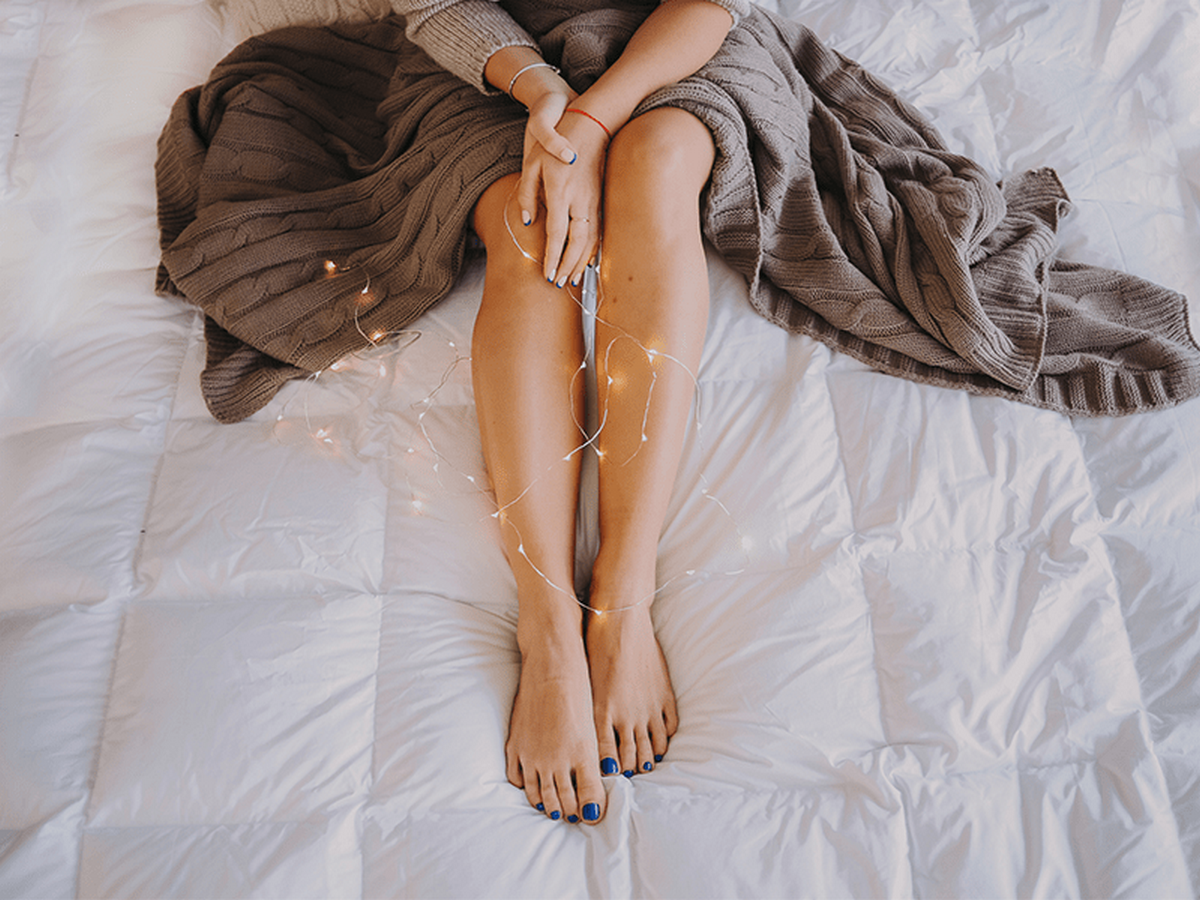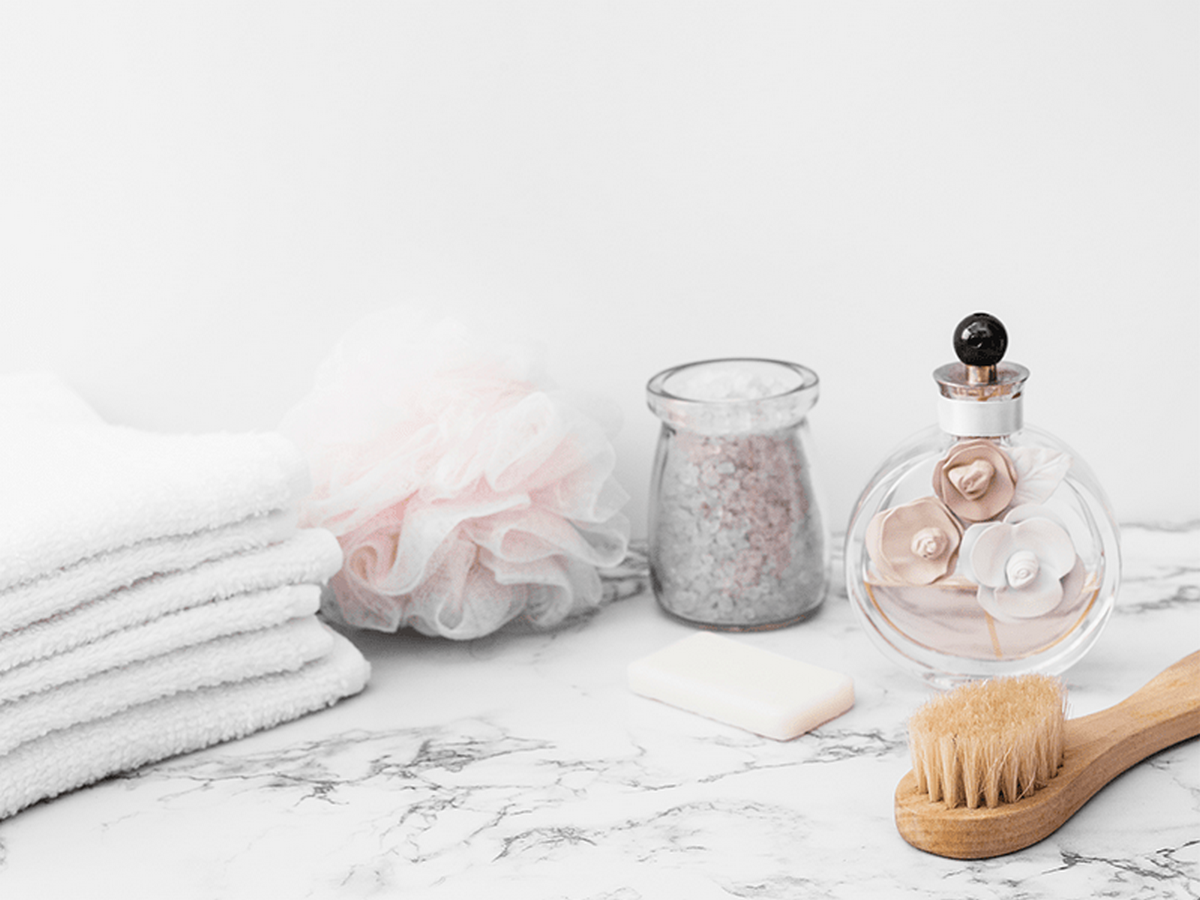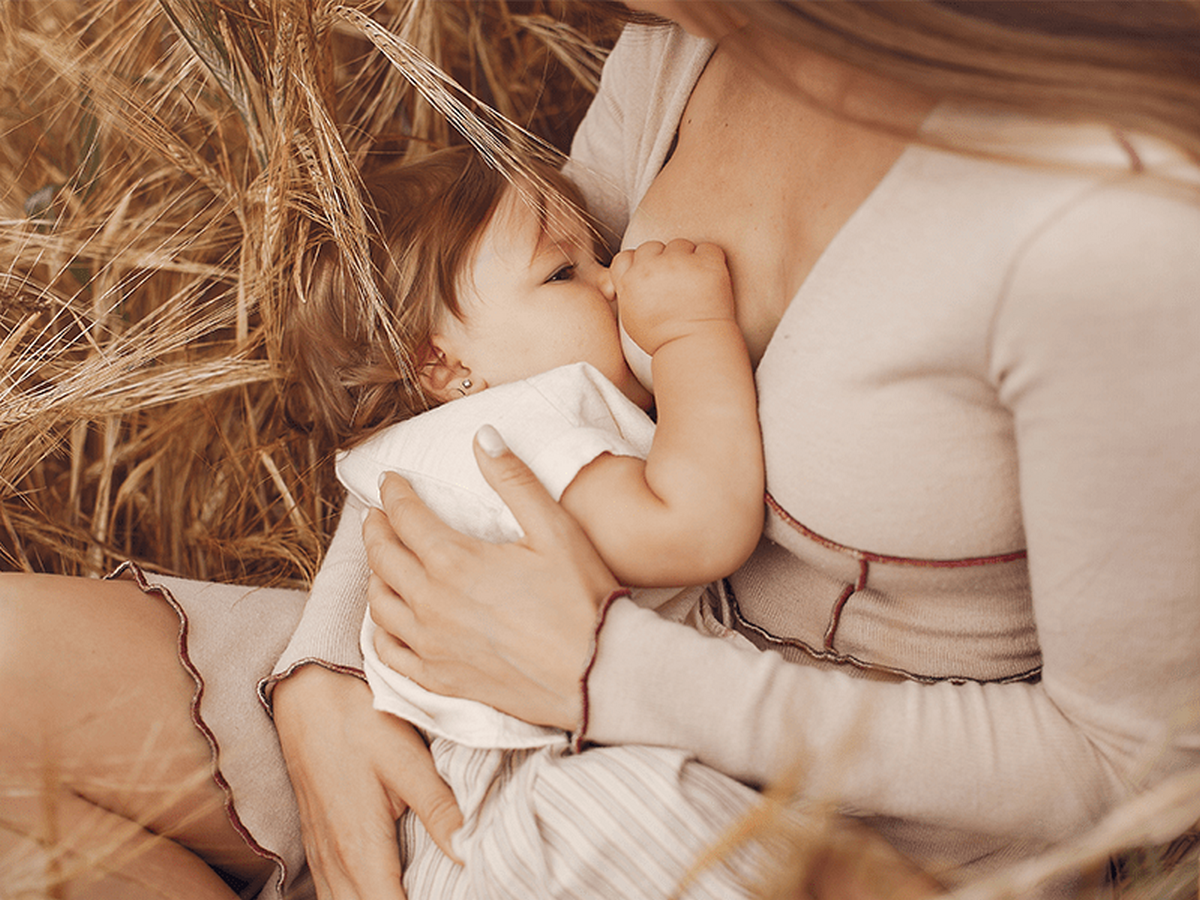Varicose veins, spider veins and phlebitis the enemies of legs

Varicose veins, spider veins and phlebitis belong to the most common circulatory problems of the lower limbs. Even if for most people they are an aesthetic mainly problem, if not properly treated, they can often evolve into extremely painful situations. Venous deficiency affects about 1 in 5 women and 1 in 10 men, and it is estimated that 40% of women have to some extent varicose veins and 80-90% of spider veins.
Table of Contents
Varicose veins, spider veins and phlebitis. What’s the difference?
Phlebitis, what is it?
Phlebitis and varicose veins are two examples of venous dysfunction. Many times we mistakenly refer to phlebitis as it was varicose veins, but they are different. Phlebitis means inflammation of a vein and is caused by vein injury. Correspondingly, thrombophlebitis is a type of phlebitis where inflammation is caused by a thrombus, which can lead to more serious complications. Phlebitis usually occurs in the elderly.
Varicose veins, what are they?
Varicose veins vary in size and are the result of elongation and widening of veins under the skin (superficial veins). As we get older, the veins lose their elasticity. The vein valves that prevent the blood from moving backward gradually become weaker and lose their functional capacity, so the blood does not return to the heart properly and licks in some places. Varicose veins can cause aching pain and discomfort to some people.
Spider veins, what are they?
Spider veins are an aesthetic mainly problem and do not cause symptoms such as burning or pain. Their color may vary from blue to red and they are considered the first-degree venous insufficiency. They are categorized in telangiectasia and reticular veins and are usually found in the legs, superficial to the skin or even more deeply having a larger diameter.
Causes – Why are varicose veins and spider veins created
The increased incidence of varicose veins in women is mainly due to hormonal causes. Other risk factors for varicose veins are long-standing, smoking, obesity and diabetes, while heredity plays a very important role. Varicose veins are a sign that the walls of the venous system are weak and that the valves, which ensure that the blood flows to the heart, are malfunctioning. If the veins are not healthy and elastic, any obstruction along the return of the blood from the limbs to the heart will cause the vein to be enlarged.
Varicose veins and pregnancy
Pregnancy is not a cause of varicose veins but a risk factor if there is heredity. During pregnancy, varicose veins may occur mainly in the legs and most of the time there cause discomfort.
Symptoms
Spider veins and varicose veins are mainly an aesthetic problem and most of the times they do not cause any symptom, especially in the early stages of venous dysfunction. Symptoms, as the problem becomes chronic, are severe vein malformation, pain around the veins that have been distended, swelling in the ankle area, numbness or itching due to poor blood circulation and tired legs. Warm weather and long hours of standing may aggravate the symptoms.
Varicose Veins – Treatment
Lifestyle
You can follow the tips below to improve blood circulation and reduce pain and swelling in the legs:
- Raise your legs high to help blood circulation and decongest the swelling.
- If you have heredity, you should wear preventive socks. They are mainly used to treat venous insufficiency, especially after surgery, and are classified in Class 1 (18-25 mmHg) and Class 2 (25-35mmHg), depending on their degree of compression.
- Apply a cold pad where there is pain.
- Use creams that stimulate venous circulation and have anti-inflammatory action. They contain herbal extracts that relieve the symptoms of varicose veins, improve venous tone and help reduce swelling.
- Exercise daily. Aerobic exercise improves blood circulation and strengthens the heart.
Food supplements
In nature, there are herbs and substances that improve blood microcirculation, enhance venous wall resistance, have antioxidant properties and contribute to the proper functioning of the veins. Adding supplements can benefit those with genetic predisposition and increased risk factors for varicose veins, apart from women during pregnancy or people taking anticoagulants.
Supplements are divided into two broad categories depending on their activity:
- Vascular Wall Enhancement (Gotu Kola, Red Vine, Horse Chestnut, Butcher’s Broom, Diosmin, Esperidine). They increase the resistance of the vascular walls and the structural stability of the veins, reduce the incidence of edema and have anti-inflammatory properties.
- Phlebotonic – antioxidant action (Pycnogenol, Grape Seed Extract, Billbery, Vitamin C, Rutin). They improve venous tone and blood microcirculation in the blood vessels, protect venous epithelium, have antioxidant and anti-inflammatory properties.
Disclaimer
The content of this blogspot is not and can not be considered as medical advice, diagnosis or treatment. All information is provided to readers solely for informational purposes. There is no intention to substitute this content for personalized medical advice, diagnosis, prognosis or treatment.




Leave a comment